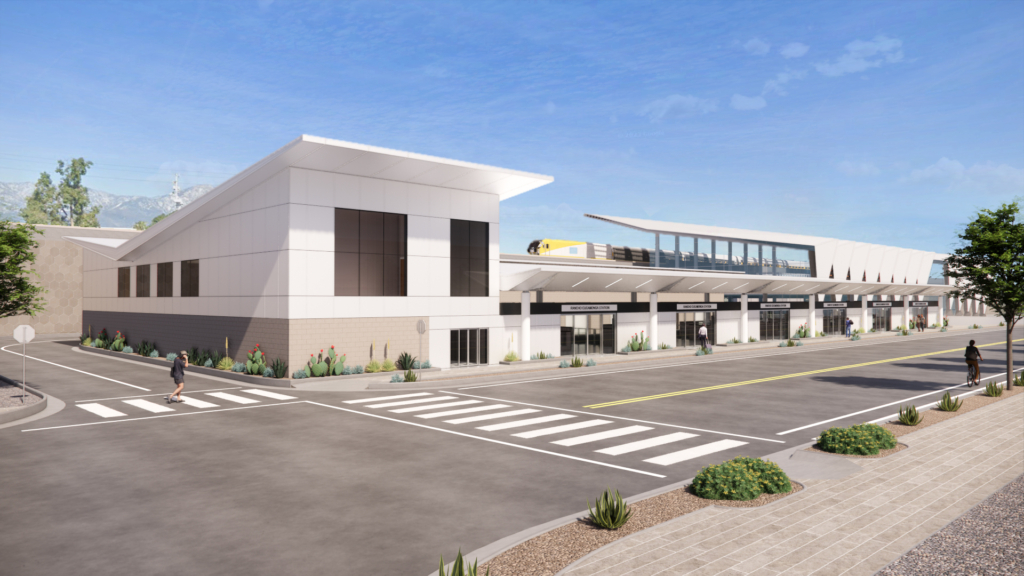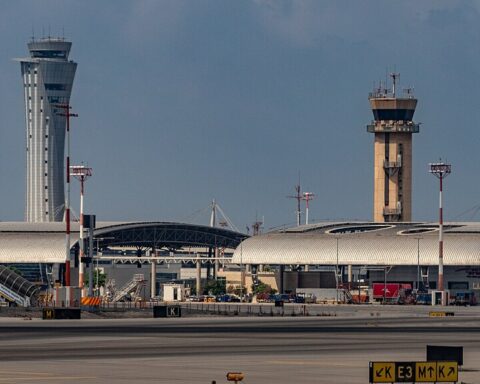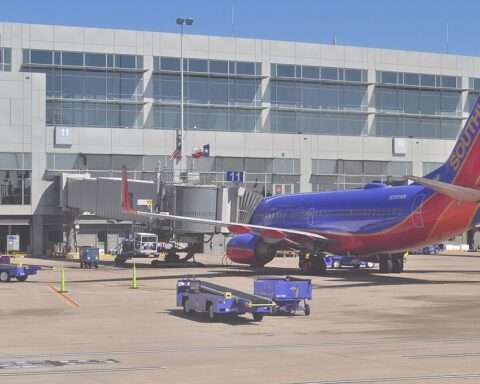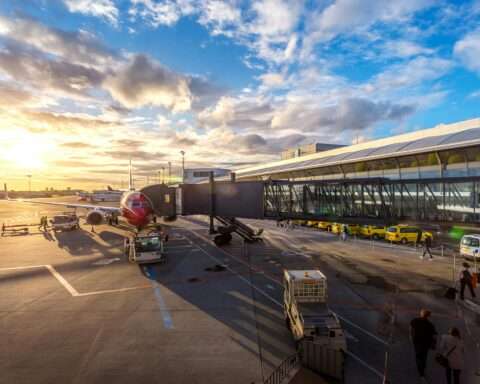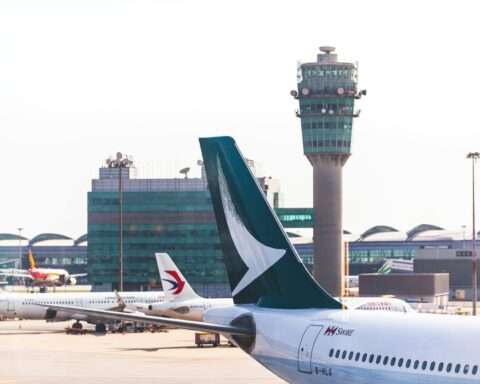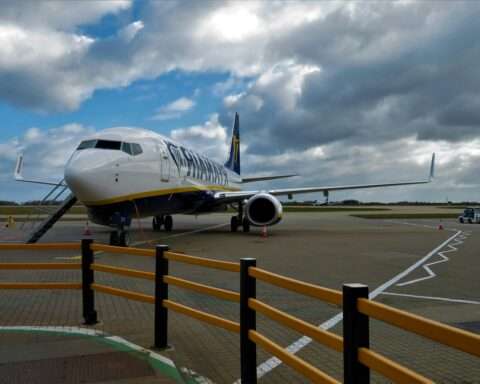The San Bernardino County Transportation Authority (SBCTA) is seeking community input on an underground shuttle system project that would connect Ontario International Airport (ONT) to the Rancho Cucamonga Metrolink Station. The subterranean shuttle-style service would support ONT’s projected passenger growth, which could reach 30 million annual passengers by 2045.
Developed in partnership with ONT, the ONT Connector Project will construct a 4.2 mile-long, 70-foot-deep underground tunnel and a series of subsurface transit connections underneath Milliken Avenue and Airport Drive. The estimated $538.5 million tunnel project would provide autonomous zero-emission shuttles to mitigate traffic congestion and improve travel efficiency on surface streets.
RELATED: Texas A&M considering underground tunnel system to alleviate campus congestion
The project includes the construction of three passenger stations. At the Rancho Cucamonga Metrolink Station, SBCTA will develop one above-ground 18,000 square-foot passenger station in the station’s northwest parking lot. The authority will construct two 10,000 square-foot stations in the parking garages of ONT’s Terminals 2 and 4.
SBCTA will transport passengers on autonomous electric shuttles that would charge between trips. The shuttles would operate in an “on-demand” fashion along two one-lane tracks traveling in opposite directions to and from ONT and Rancho Cucamonga. Shuttle service would operate daily from 4 a.m. to 11:30 p.m.
Emphasizing connectivity, the proposed ONT Connector would integrate into the Rancho Cucamonga Metrolink Station, which will serve as the main station for the Brightline West electrified high-speed rail connection between Las Vegas and Southern California. The innovative transit project will also include future connections to the zero-emission West Valley Connector bus rapid transit service, which is expected by 2026.
As part of the project’s Environmental Review and Clearance phase, the Authority will seek public input on the project’s recently released environmental impact report and environmental assessment. As required by the California Environmental Quality Act and the National Environmental Policy Act guidelines, the reports describe potential environmental impacts, such as air quality and native plants and animals, and include strategies to mitigate and address these concerns.
SBCTA will leverage community input and environmental studies before it enters critical design and construction phases.
The full environmental document drafts will be available for review and comment until Dec. 2. Providing additional opportunities to voice an opinion, SBCTA will host a virtual public hearing on Nov. 13 to discuss the project, environmental studies and feedback opportunities.
There are several ways to submit comments during this environmental review and clearance phase, including online comments, written letters to ONT Connector ℅ Tim Watkins and emails at ONTconnector@goSBCTA.com.
The project’s next phase, design and construction, will begin in 2025 and will last until 2030. By then, officials anticipate substantial completion and will conduct system testing until the transit station project is ready for service in Fall 2031.
Rendering courtesy SBCTA



